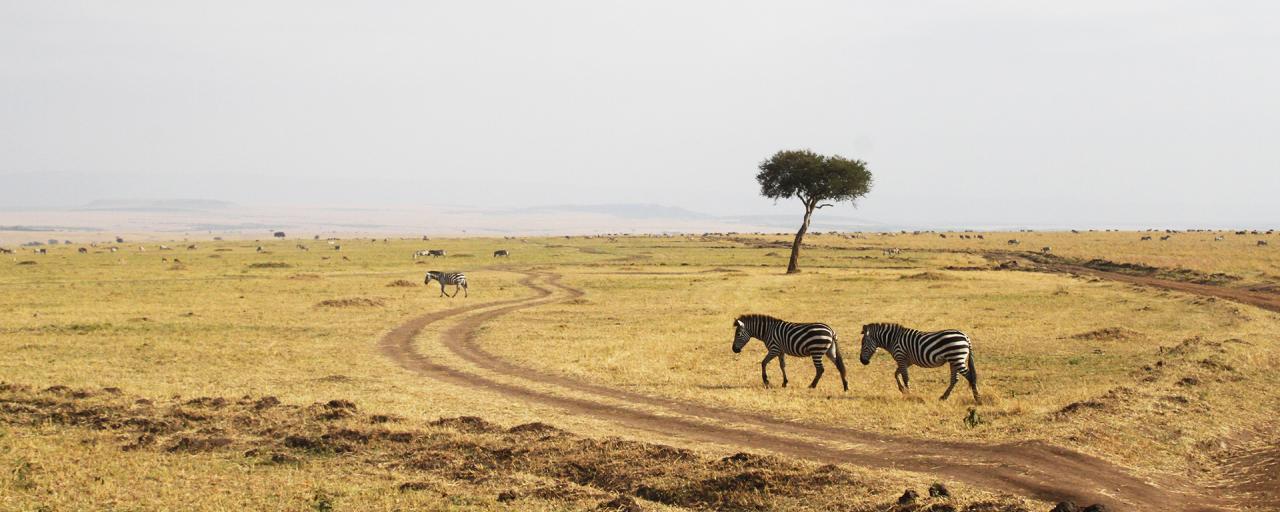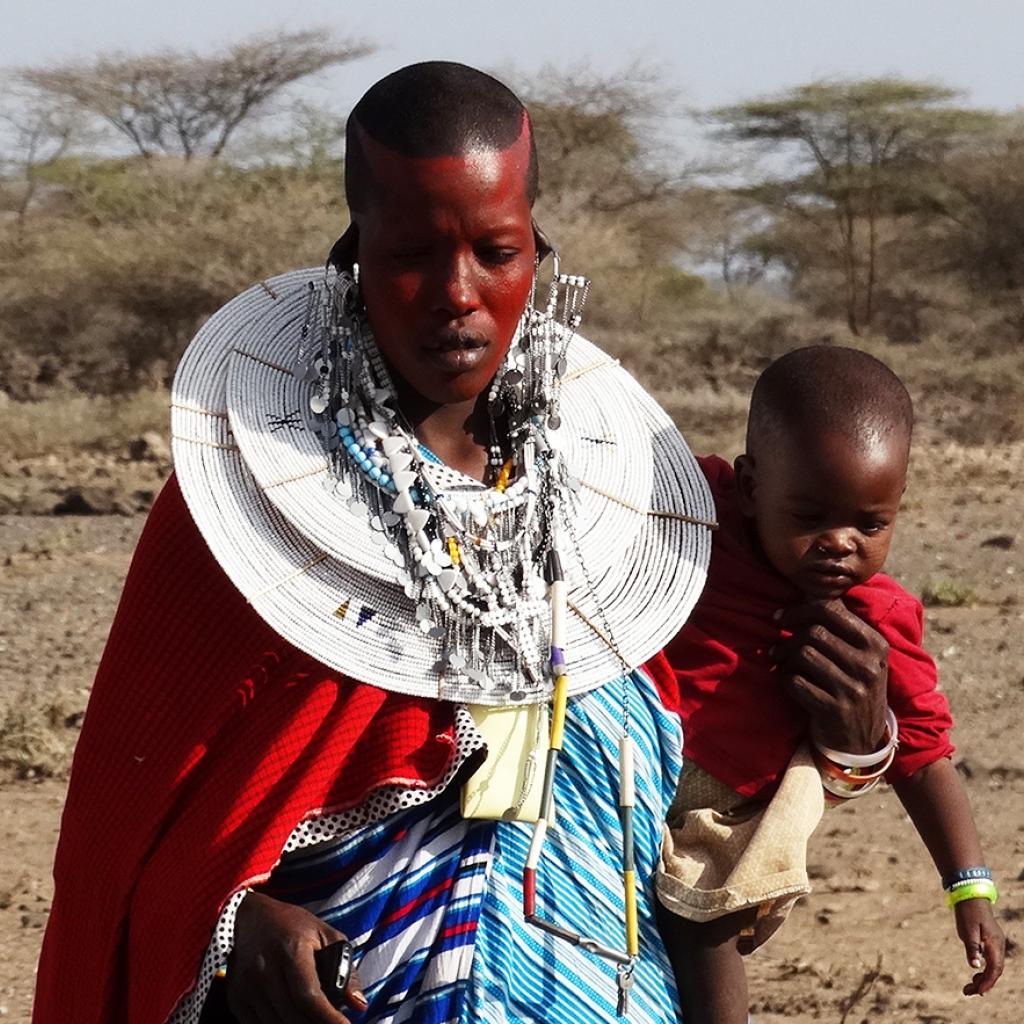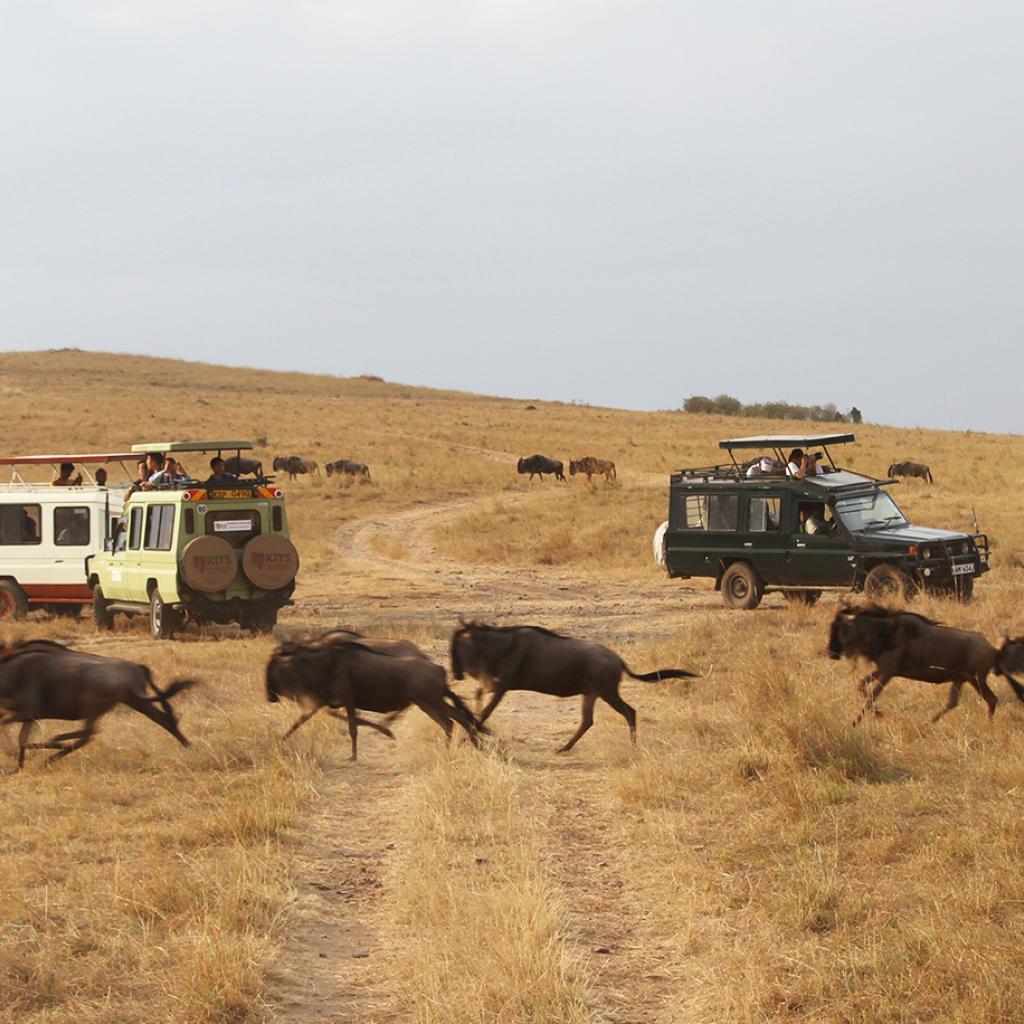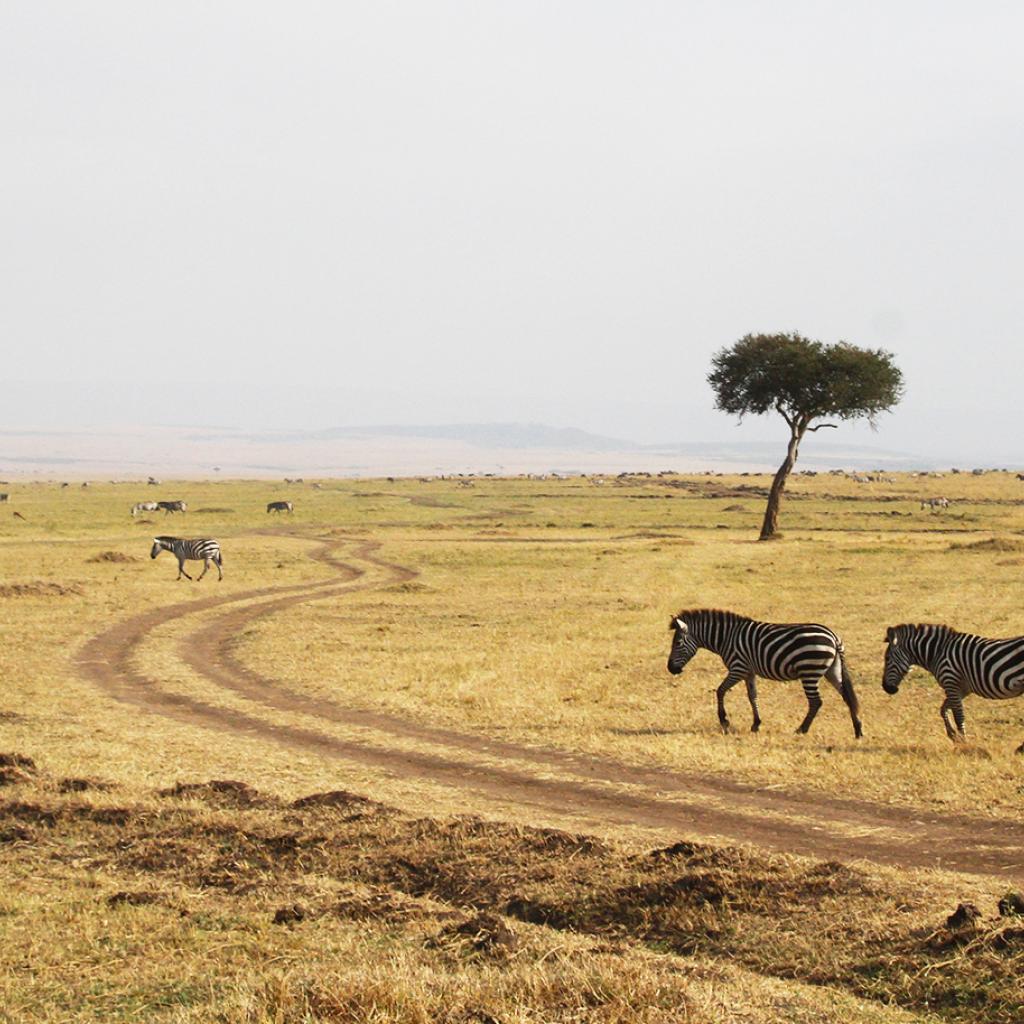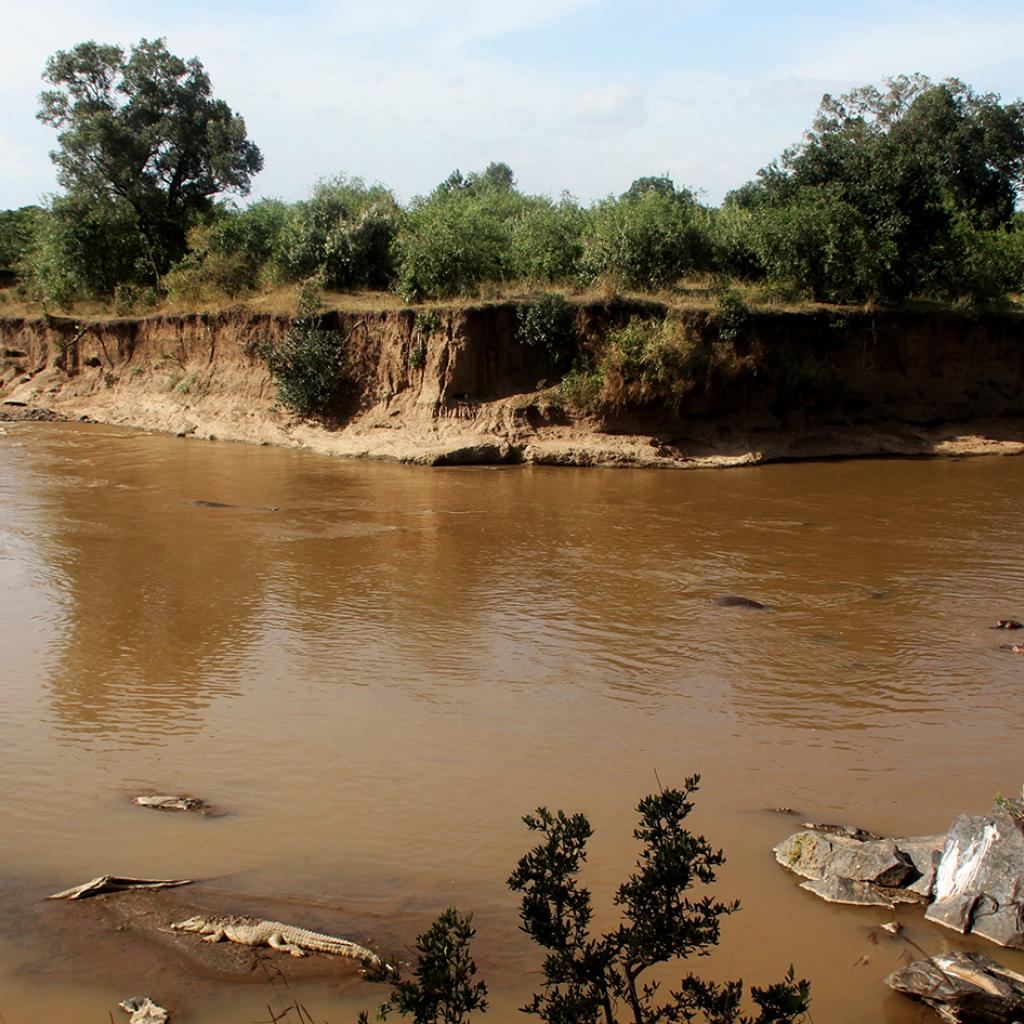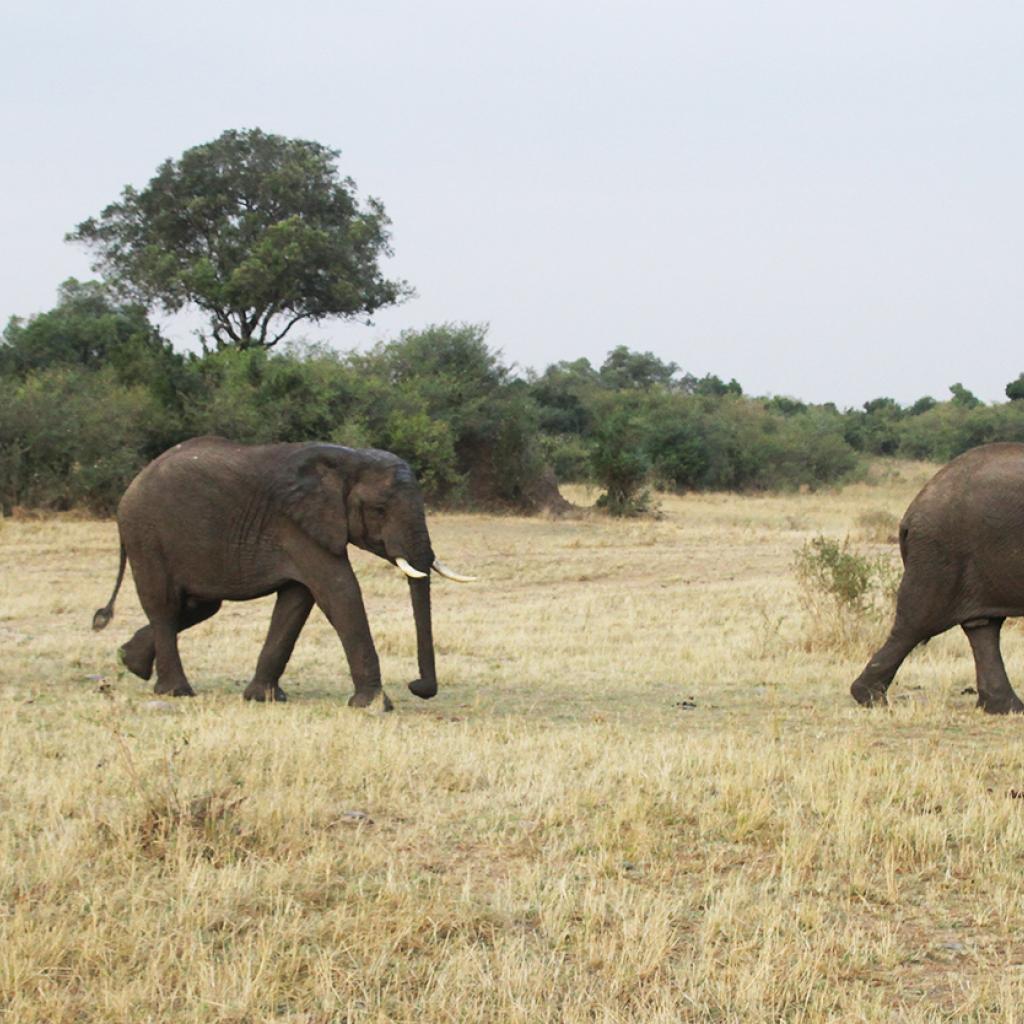Off-road driving is not allowed in the Masai Mara National Reserve, although it is not uncommon to view rampant drivers venturing out of the marked routes, regardless of the rules; while in private reserves, off-road driving is allowed because the guests are less in number.
The off-road driving is detrimental from different points of view.
Primarily, if the vehicles leave tracks and get too close to animals, they are disturbed, and if this practice is common, they are likely to move elsewhere; this interferes with the balance of the territory and on the movements of animals.
Cheetahs, for example, are often disturbed during hunting, generally taking place on daylight hours, and they risk to lose their preys; this problem should not be underestimated because cheetah in the wild is already penalised by harsh competition from other big cats that often steal the prey and this is an endangered species at risk of extinction.
Furthermore, the passage of vehicles on off-road terrain damages the soil in two ways: first, vegetation is damaged and, with time, the pastures are reduced; finally, the soil itself is damaged, it is eroded and, with the weight of the vehicles, is compacted due to a change in infiltration of water into the underground.
All this results in a reduction in the number of species living in the area involved and the consequent destruction of the Great Masai Mara Ecosystem.
The main challenges of the Great Masai Mara ecosystem to survive
- Demographic growth
- Excessive and uncontrolled tourism development
- Increase in off-road driving in the reserves
- Exploitation of the Mara River Basin
- Poaching


